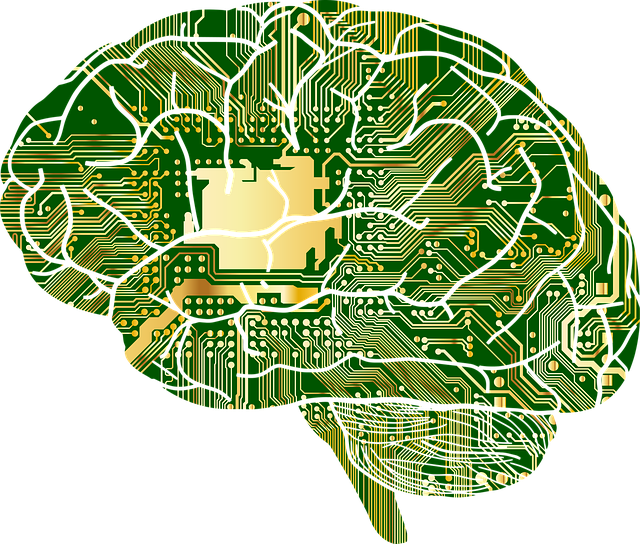1. Digital Signal Processing
2.Linear Control Systems
3. Microprocessors and Microcontrollers
4. Linear IntegratedCircuits and Applications
5. Probability Theory and Stochastic Processes
6. Computer Networks and Security
7. Skills and Internship

ECE
Fifth Semester
Introduction ( 7 Hrs )
Overview of DSP, Basic Elements of DSP system, Advantages of DSP over Analog, Classification of signals, Concept of frequency in continuous time and discrete Continuous time and Discrete time sinusoidal signals.
Discrete time systems ( 6 hours )
Linear time invariant, Response of LTI system convolution sum, description of discrete time system by difference equation and complete solution of difference equation, Implementation of discrete time systems, Correlation of discrete time signals.
LTI System ( 8 hrs )
Transform and its applications to the analysis of LTI Systems.
Frequency domain representation of LTI Systems.
Discrete Fourier transform ( 9 Hrs )
Discrete Time Fourier Transform, Properties of DTFT.
Discrete Fourier series, Discrete Fourier transform, Properties of DFT, FFT.
( 5 Lectures )
Sampling and reconstruction of Analog signals.
( 5 Hrs )
Digital filter structure: FIR and IIR designs.
Suggested books
1. “Digital Signal Processing” by Proakis and Manolakis, Pearson
2. “Digital Signal Processing” by Ingle and Proakis, Thomson
3. “Digital Time Signal Processing” by Oppenheim and Schafer, Pearson
4. “Digital Signal Processing : Computer Based Approach” by Mitra, TMH
Digital Signal Processing Lab
1. To represent basic signals (Unit step, unit impulse, ramp, exponential, sine and cosine).
2. To develop program for discrete convolution.
3. To develop program for discrete correlation.
4. To understand stability test
5. To understand sampling theorem.
6. To design analog filters (low-pass, high pass, band pass, band stop).
7. To design digital filters (low-pass, high pass, band pass, band stop).
8. To design fir filters using windows techniques.